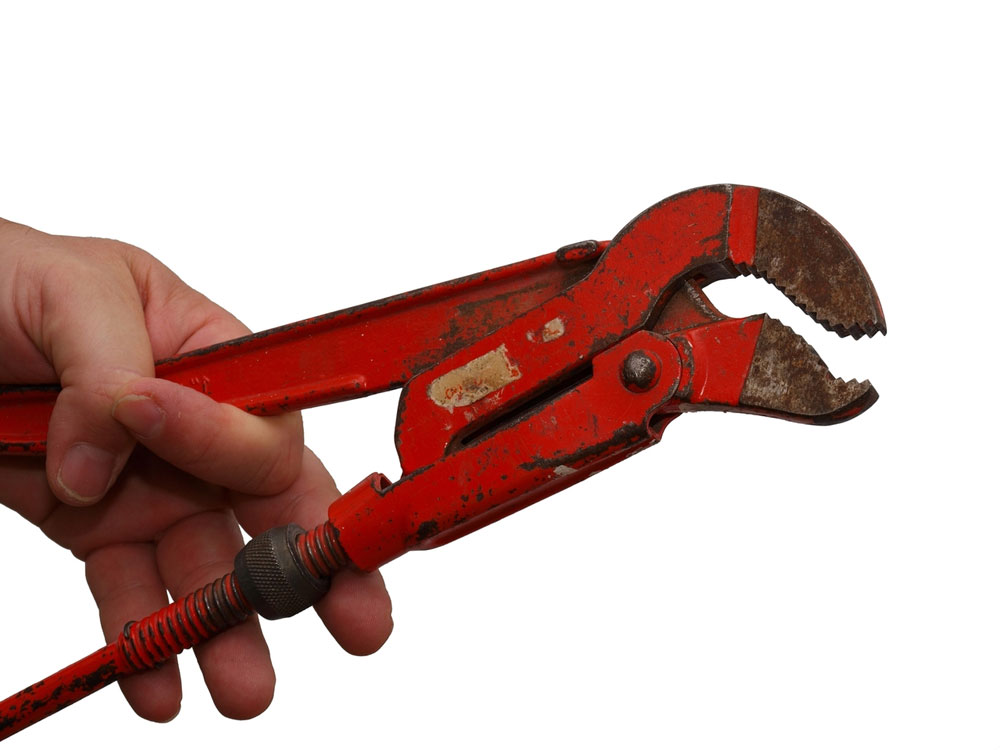Useful tips to stay warm when working outdoors.
1. Get a warm hat. A good portion of total body heat escapes through your head. The first thing you should do is find a snug, thick hat.
2. Cover your ears and neck. Thick earmuffs aren’t a good idea, because they make it difficult to listen. Wear a headband under your hat or, better yet, buy a choker that wraps around your neck and can be lifted to cover your ears as well. This is much better than a scarf, which can get caught on fences or farm machinery.
3. Get tight, waterproof gloves with grippers. Big, bulky ski gloves might keep your hands warm, but if you end up taking them off every 15 minutes then the gloves are practically useless. Instead, get gloves made of something like neoprene, which is what slick scuba diving suits are made of. Even if they aren’t as warm, if you can keep them on continuously, you’re much better off. If your hands do get cold, the best way to warm them is to rotate your arms one at a time as fast and hard as you can. You will immediately feel the blood warming your fingers.
4. Wear silk underwear–not the lingerie kind! Silk underpants and undershirts make an excellent base layer. Wear LONG underwear. After you put those on, throw on a t-shirt and jeans, then a sweatshirt, then your coat. Alternatively, invest in coveralls. Farmers and many others who work outside always have coveralls.
5. Invest in a pair safety boots with thick layers of padding, and wear them with warm socks. They might be expensive, but they’ll be comfortable and warm. As opposed to boots with laces (bits of snow get lodged in the laces and melt into the boot, even if the company claims it’s waterproof).
6. Tuck in your shirt, and anything else that can be tucked. Cold drafts are thieves of body heat. When you go to lift something, and you expose even a tiny bit of your mid-section to the elements, you’re just asking for chills. So, tuck your shirt into your pants, your pants into your boots, and your sleeves into your gloves.
7. Keep moving. The first fifteen minutes will kill, but once you’re up and about, you’ll start generating body heat as long as you stay active. Avoid the temptation to stand around; jog in place if you have to. Also, stay outside. Believe it or not, the shock of repeatedly moving from a warm, heated indoor environment to the cold outdoors is worse than if you just stay outside. That’s not to say that you shouldn’t come inside for lunch, or bathroom breaks; but don’t think that stepping inside for just 10 minutes will actually help things.
8. Wear dark colors. They absorb the sun’s heat much better (and they won’t stain as easily).
9. Breathe through your nose. When cold air travels into your body through your nostrils, your body warms it up before it reaches your lungs. But when you breathe through your mouth, it’s like sticking an icicle in your chest.
10. Eat your heart out. The main reason that your body puts on fat is so that you can fend off the coldness. Also, your body burns a lot of calories trying to stay warm (in addition to supporting your physical activity). If you can afford to put on a few pounds, do so. Eat warm, healthy meals and drink warm beverages.
Tips
Always have a tissue or paper towel with you to handle that perpetually runny nose.
Take Vitamin C every day and get plenty of sleep. You’ll feel much colder if you’re sick.
If your hands start to feel numb, hold them to your neck or underarms.
Avoid licking your lips, or they’ll chap like the Grand Canyon.
If you live in the midwest, summers will be very warm and winters very cold so be prepared for both ends of the spectrum.







